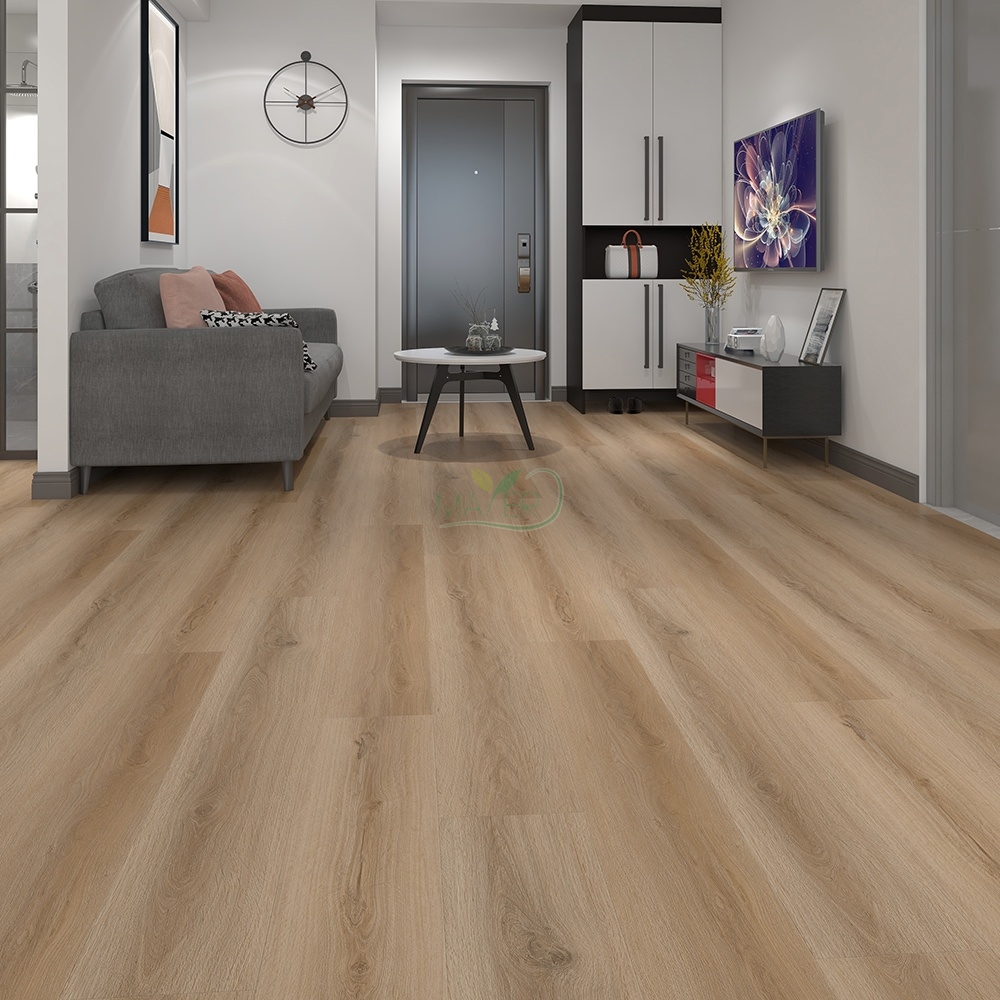Introduction:
Selecting the right flooring for your space is a crucial decision that can significantly impact the aesthetics, functionality, and value of your home or commercial property. With a wide array of flooring options available, ranging from hardwood and tile to vinyl and carpet, it's essential to consider various factors to ensure you make the best choice for your needs and preferences. In this comprehensive guide, we'll explore the key considerations to keep in mind when choosing flooring for your space, providing insights and tips to help you make an informed decision.
Assess Your Needs and Lifestyle:
The first step in choosing flooring for your space is to assess your needs and lifestyle. Consider factors such as:a. Foot Traffic: Determine the level of foot traffic in the area where the flooring will be installed. High-traffic areas, such as entryways, hallways, and living rooms, may require more durable flooring options.b. Pets and Children: If you have pets or children, choose flooring that is resistant to scratches, stains, and spills. Consider options that are easy to clean and maintain, such as waterproof or stain-resistant materials.c. Allergies and Sensitivities: If you or your family members have allergies or sensitivities, opt for flooring that is hypoallergenic and resistant to mold, mildew, and dust mites. Avoid carpeting, which can trap allergens and contribute to indoor air pollution.d. Climate and Environment: Consider the climate and environment in which your space is located. Choose flooring materials that can withstand temperature fluctuations, humidity, and moisture levels, particularly in areas prone to high humidity or moisture, such as bathrooms, kitchens, and basements.

Understand Different Flooring Types:
Familiarize yourself with the various types of flooring available, each with its own set of benefits and considerations:a. Hardwood Flooring: Hardwood flooring offers timeless elegance and natural beauty, with a wide range of wood species, finishes, and textures to choose from. It is durable, long-lasting, and adds value to your home. However, hardwood flooring requires regular maintenance and is susceptible to scratches, dents, and water damage.b. Tile Flooring: Tile flooring, including ceramic, porcelain, and natural stone tiles, is durable, waterproof, and easy to clean. It is available in a variety of colors, patterns, and sizes, allowing for endless design possibilities. Tile flooring is suitable for high-traffic areas and is ideal for bathrooms, kitchens, and outdoor spaces.c. Vinyl Flooring: Vinyl flooring, including luxury vinyl plank (LVP) and luxury vinyl tile (LVT), is a versatile and cost-effective option. It is durable, waterproof, and available in a wide range of designs, including wood, tile, and stone patterns. Vinyl flooring is easy to install, maintain, and clean, making it suitable for any room in your home.d. Laminate Flooring: Laminate flooring is a budget-friendly alternative to hardwood, offering a similar look at a lower cost. It is durable, scratch-resistant, and available in a variety of styles and finishes. Laminate flooring is easy to install and maintain, making it a popular choice for DIY enthusiasts.e. Carpet Flooring: Carpet flooring offers warmth, comfort, and noise reduction, making it ideal for bedrooms, living rooms, and family rooms. It is available in a wide range of colors, textures, and pile heights to suit your preferences. Carpet flooring requires regular vacuuming and periodic deep cleaning to maintain its appearance and hygiene.
Consider Maintenance and Longevity:
Evaluate the maintenance requirements and longevity of different flooring options to ensure they align with your lifestyle and preferences:a. Maintenance: Consider how much time and effort you are willing to invest in maintaining your flooring. Some materials, such as hardwood and tile, may require regular sweeping, mopping, and refinishing, while others, such as vinyl and laminate, are low-maintenance and easy to clean.b. Longevity: Take into account the durability and longevity of each flooring option. While hardwood and tile flooring can last for decades with proper care, vinyl and laminate flooring may have a shorter lifespan. Consider the cost of replacement and factor it into your decision-making process.
Budget Considerations:
Establish a budget for your flooring project and explore options that fit within your financial constraints. Keep in mind that the cost of flooring includes not only the material itself but also installation, underlayment, and any additional materials or accessories needed. Consider the long-term value and return on investment of each flooring option, weighing the upfront cost against factors such as durability, maintenance, and resale value.
Choosing flooring for your space is a significant decision that requires careful consideration of your needs, lifestyle, and budget. By assessing your requirements, understanding different flooring types, considering maintenance and longevity, and establishing a budget, you can make an informed decision that enhances the beauty, functionality, and value of your home or commercial property. Whether you opt for the timeless elegance of hardwood, the durability of tile, the versatility of vinyl, or the comfort of carpet, the right flooring choice can transform your space and create a welcoming environment for years to come.



